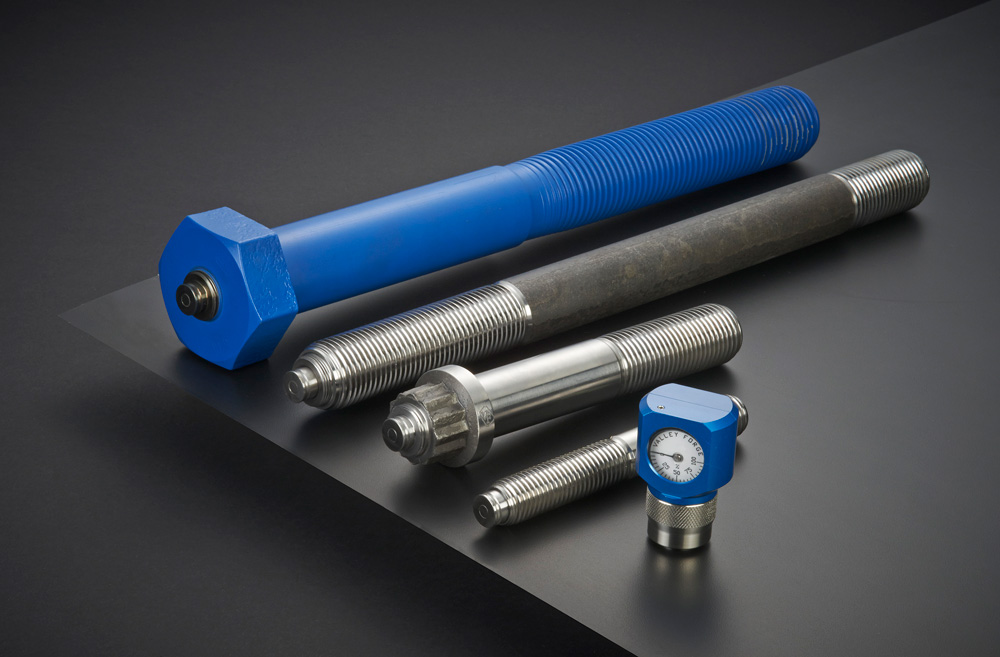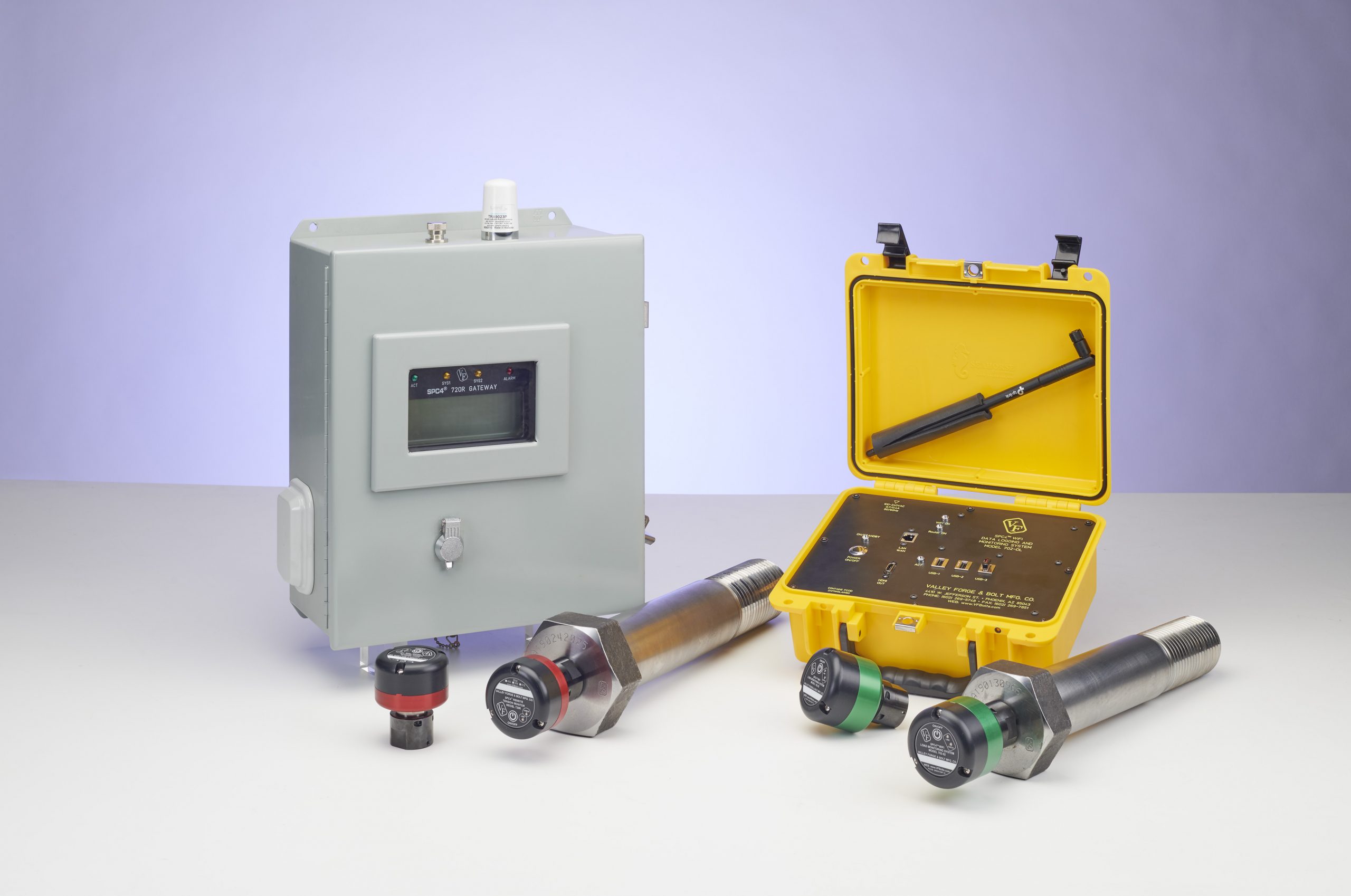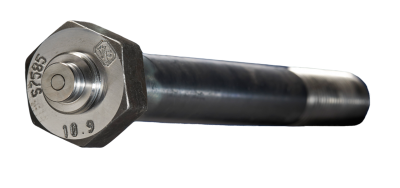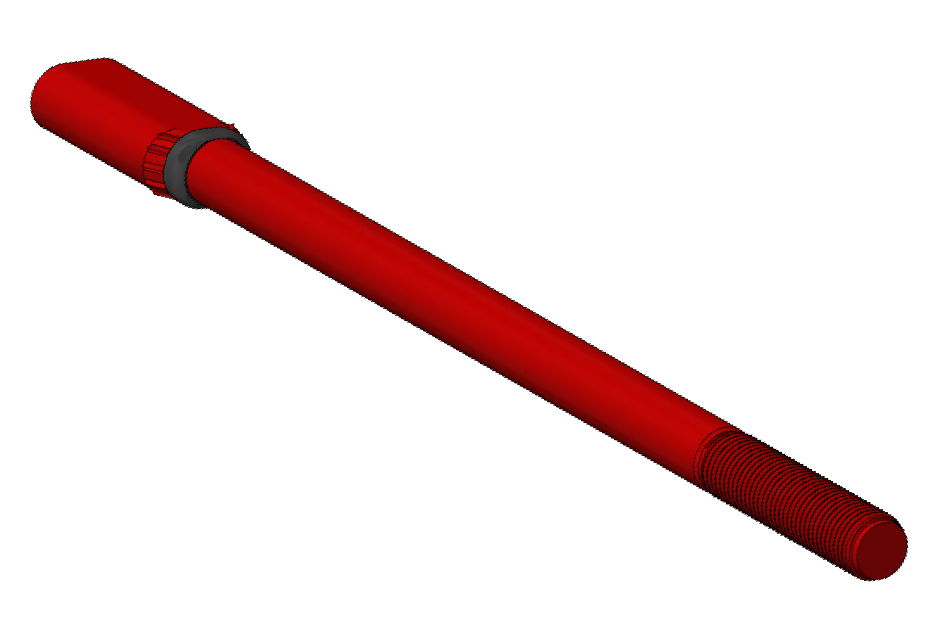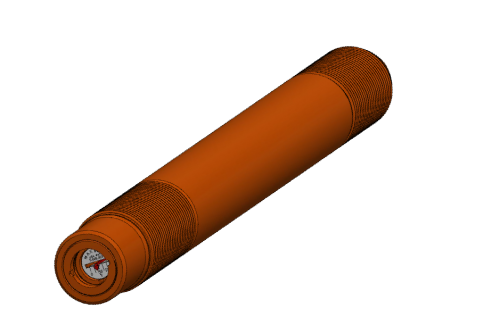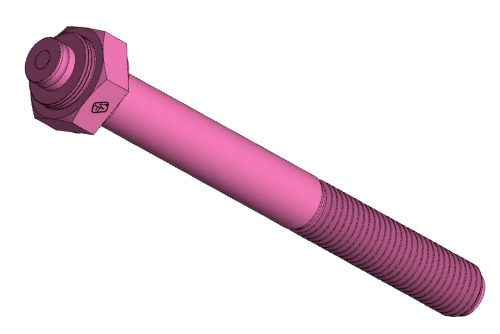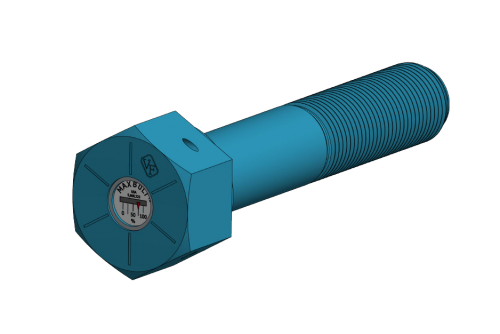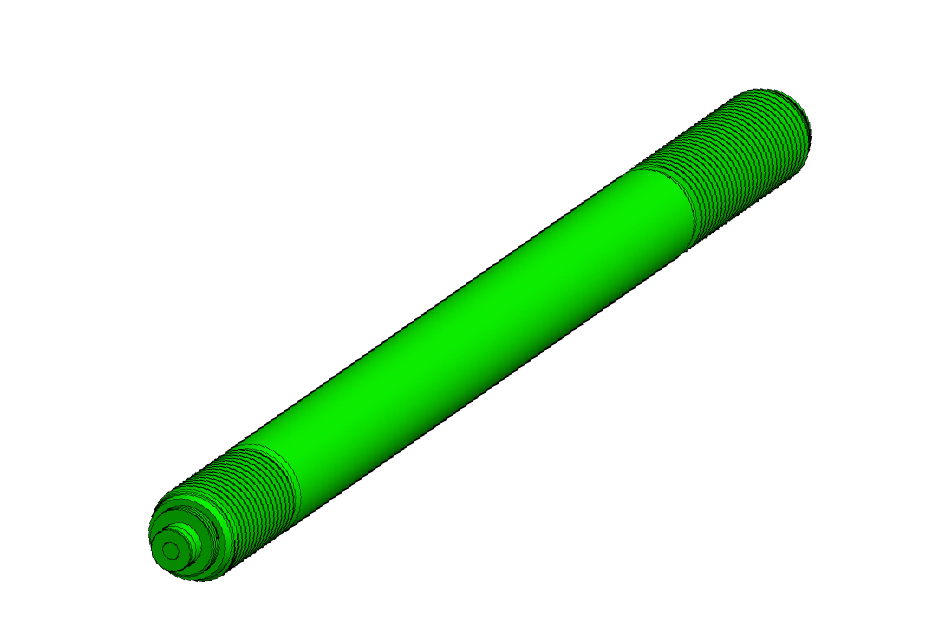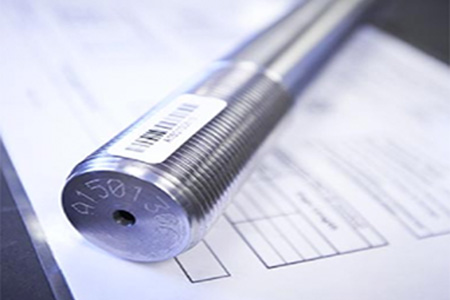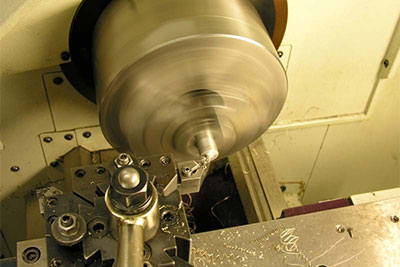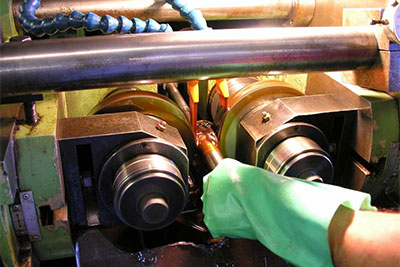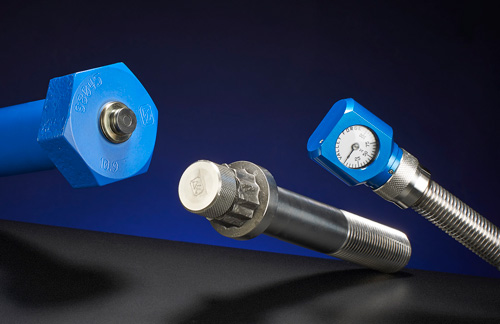 Get a Read on Clamp Load
Get a Read on Clamp Load
The integrity of a bolted joint is jeopardized when fasteners lose their tension. This loss of clamping force begins during assembly due to elastic interactions and joint relaxation. Self-loosening continues when the joint is put in service due to vibrations, shock, temperature changes, embedment, etc.
Among its many benefits, the SPC4® Load Indicating System enable users to measure fastener tension locally or remotely using special analog, digital, wired, or wireless meters and sensors so that users know exactly which bolts or studs have lost their clamp load. This results in a tremendous saving of maintenance time, money, and replacement parts. For a minimal investment, the SPC4® offers maximum joint integrity with optimum performance.
Wireless & Data Logging Models
Now introducing Wireless Load Monitoring and Data Logging System with the SPC4® technology. Designed to your specific application, the wireless and data logging capabilities are tailored to your needs. Contact us today to receive a product specification sheet with all the possibilities for your application.
The wireless assembly uses digital probes attached to each fastener to read and relay load information in real time. The configuration of relay and receiving stations is designed completely to your application. Therefore, all of the following and much more depend on your specific needs; connection type, distance, probe sampling, battery life, positional information, network cameras, and programmed maintenance alerts. To speak with a fastening expert on how this load tracking system can be implemented as a solution to your application, please contact us today. Specification sheets are available at your request.
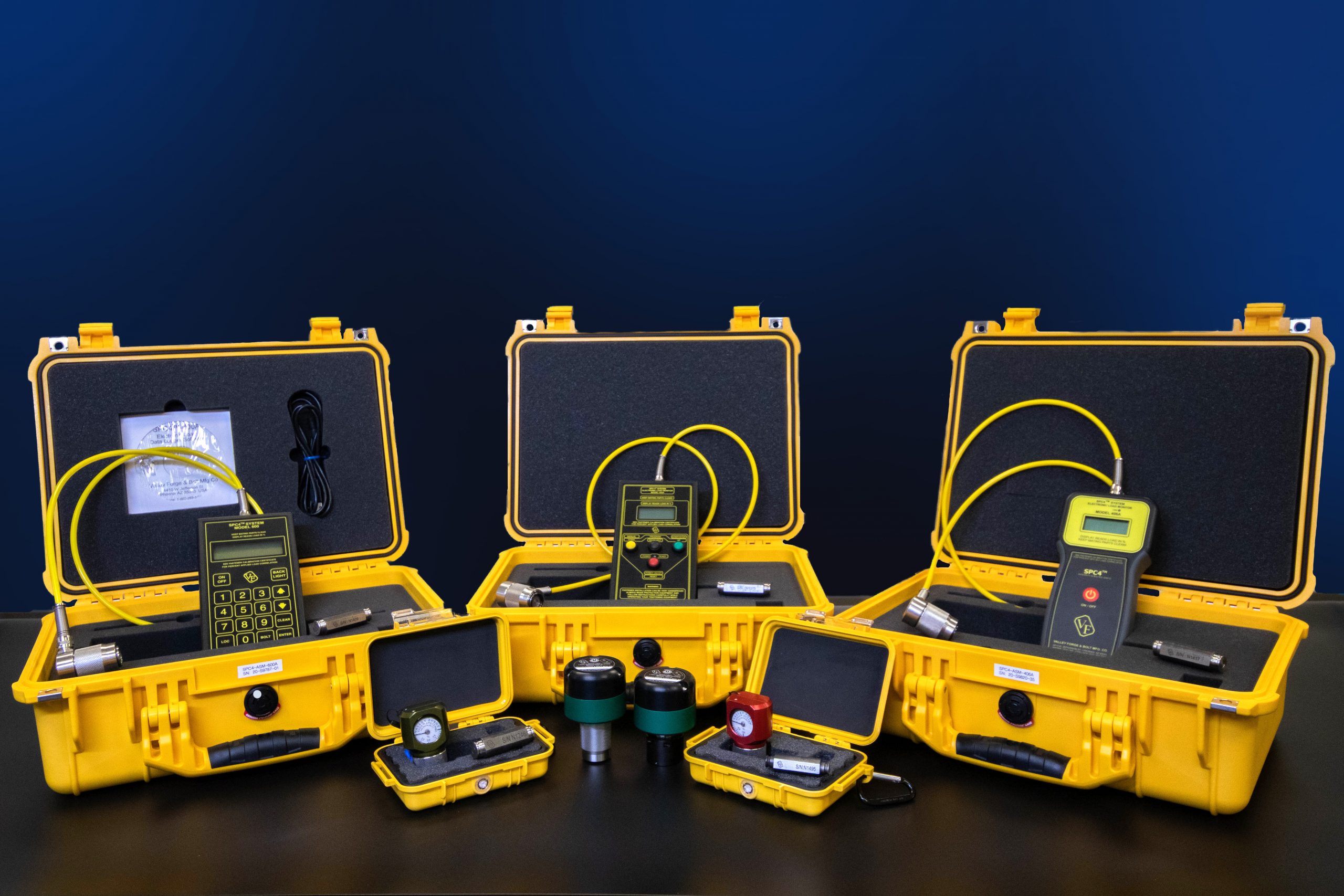 SPC4® Meters
SPC4® Meters
With multiple models to choose from, there’s an SPC4® Meter for every application featuring portable and pocket-sized options with both analog and digital reading capabilities. Each SPC4® Reader displays bolt load (joint clamp load) as a percentage of its proof or yield load based on your parameters. There are optional abilities to electronically control the installation tool to a pre-set clamp load, as well as data storage and upload for analysis capabilities.
SPC4® Advantages
- Save time and money
- Improve safety and performance
- Increase speed and repeatability for installation of bolted joints
- Reduce inspection times
- Continuously monitor clamp load
- Eliminate torque based measurements
- Install fasteners to correct preload with ease regardless of skill level
- Field verification of calibration via certified gage block with each meter
 Technical
Technical
A fastener is modified by machining a small hole into the head. Minimal modifications to the load indicating bolt assure basic bolt design integrity. A gage pin is then inserted into the hole and secured at the bottom. Next, a datum disk is fitted on the top of the bolt head and forms a flat surface with the top of the gage pin when the bolt is unloaded. When the load indicating bolt is tightened, it elongates and the gauge pin is drawn into the bolt away from the datum disk surface. A portable electronic displacement transducer measures the distance between the datum disk surface and the tip of the gage pin. The elongation of the bolt is then correlated to the joint clamp load via our electronic or mechanical hand-held load monitoring system.
